Baptiista Australis Questions
edlincoln
8 years ago
last modified: 8 years ago
Featured Answer
Sort by:Oldest
Comments (51)
edlincoln
8 years agolast modified: 8 years agoWoodsTea 6a MO
8 years agoRelated Discussions
My Baptisia australis dilemma
Comments (12)Kevin, not only that, but a plant that you have to be sure you know where you want it because once it gets established, it's quite a job to move it. And I'm the kind of gardener that is forever moving plants. Having said that, I bought two small baptisia plants this spring and planted them in another bed...lol. They are pretty small still and hearing that there are smaller versions of it, I may look into that and dig up the others next spring. I bought some of the newer butterfly bushes that were supposed to be smaller versions and so far, they definitely are and I'm on year three this year. I've always tried to do as low maintenance as possible, but little by little, I seem to have ended up with plants or situations that still require a little something more than I thought I was going to have to do. Support for a Baptisia? No way...lol. Annabelle Hydrangea, I was under the impression it took care of itself and every year it's on the ground. Clearly if I had the right info before I bought it, I would have known that is to be expected. My fault on that one. But I do enjoy Annabelle, so next year, I'm going to stake it. *sigh*...See MoreH. australis complex IDs question
Comments (12)I agree the lacunosa looks like 'Ruby Sue'. Let me say, at the risk of adding to your confusion, that one can't tell the forms and subspecies of australis from just looking at the leaves. David Liddle and Paul Forster wrote the definitive article (below) on the austalis complex. In it, they outline the range of characters that each has, how they differ, and illustrate many of the variations of each subsp.. Sadly, there are no easy rules of thumb. One needs to know the flowering period in its natural habitat, and compare other growth habits over time. The amount and placement of indumentum is one of the things used to separate the ssp., but not that feature alone. And with cultivated specimens there is always the chance that one has a hybrid between two subspecies or species ( such as australis x caycina ). I would not offer any opinion on your plants, but say just grow and enjoy them as they are. If you want certainty on plants within the group, order cuttings from Iris Liddle, or get plants with IML numbers from a reliable source. In my experience, H. calycina is much bigger ( and thirstier ) in most respects than the australis group. Do you think you can keep it happy as a slab-mounted specimen? FWIW "keysii" is not a valid subspecies. Plants with that name are said to be australis australis. Sorry to be of no help, but I thought it was perhaps useful to post the article where one can learn about this confusing group. You might be able to get a copy to read through your local library; or if not, contact me. Cheers, David Here is a link that might be useful: Notes.... Hoya australis R.Br.ex Trail...See MoreIntroduction and h. australis question (pics)
Comments (9)Welcome Betsy, Those are some really nice Hoya you have especially the australis. You're going to have quite a time unwinding all those stems. I did that once with my big carnosa and I took it to the patio and had vines laying in all directions and just started winding around the trellis one at a time. I've not found any australis around here, I had to order mine. I've never found any Hoya at our Home Depot but Lowes does carry the EA plants. I just found a nice Tsangii which I've been looking for a long time. I'd also go ahead and pot up to a bit larger pot especially if you're wanting to put on a trellis. It's tough to repot once on a trellis. Jo...See MoreCordyline australis clumping form?
Comments (2)I have grown two pots of Red Sensation for ten years now. I keep them outdoors year round in my southern climate. They have made several pups over time. Some springs, I divide one and use the pups in other pots, the ground, or as gifts, etc. One pot I am allowing to grow into a multi stemmed plant. It is a very simple job to divide them and I have never had anything but success. I wouldn't say they are the most prolific plant I ever saw, but they do seem to produce pups fairly regularly....See MoreUser
8 years agolast modified: 8 years agoedlincoln
8 years agoedlincoln
8 years agolast modified: 8 years agoedlincoln
8 years agolast modified: 8 years agoWoodsTea 6a MO
8 years agodbarron
8 years agoUser
8 years agoedlincoln
8 years agolast modified: 8 years agoWoodsTea 6a MO
8 years agoedlincoln
8 years agowisconsitom
8 years agoWoodsTea 6a MO
8 years agowisconsitom
8 years agoedlincoln
8 years agodbarron
8 years agoedlincoln
8 years agodbarron
8 years agolast modified: 8 years agoedlincoln
8 years agodbarron
8 years agoUser
8 years agolast modified: 8 years agoUser
8 years agoedlincoln
8 years agolast modified: 8 years agoUser
8 years agolast modified: 8 years agowantonamara Z8 CenTex
8 years agolast modified: 8 years agolaceyvail 6A, WV
8 years agodandy_line (Z3b N Cent Mn)
8 years agowantonamara Z8 CenTex
8 years agodbarron
8 years agowisconsitom
8 years agoUser
8 years agolast modified: 8 years agoedlincoln
7 years agolast modified: 7 years agodbarron
7 years agoedlincoln
7 years agoWoodsTea 6a MO
7 years agoedlincoln
7 years agoUser
7 years agodbarron
7 years agoklunker
7 years agoUser
7 years agolast modified: 7 years agoedlincoln
7 years agoUser
7 years agodbarron
7 years agoUser
7 years agowisconsitom
7 years agoWoodsTea 6a MO
7 years ago
Related Stories
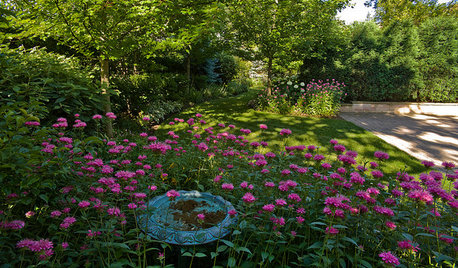
LANDSCAPE DESIGNExuberant Self-Seeders for Gorgeous, Easy-Care Gardens
Keep weeds down, color high and maintenance low with beautful plants that sow themselves
Full Story
GARDENING GUIDESGardening Solutions for Heavy Clay Soils
What’s a gardener to do with soil that’s easily compacted and has poor drainage? Find out here
Full Story
GARDENING GUIDESGarden Myths to Debunk as You Dig This Fall and Rest Over Winter
Termites hate wood mulch, don’t amend soil for trees, avoid gravel in planters — and more nuggets of garden wisdom
Full Story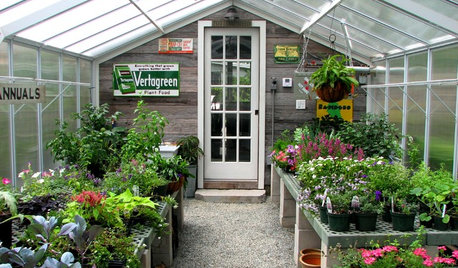
OUTBUILDINGSRoom of the Day: An Old Shed Becomes a Spa and Greenhouse
A garden-loving couple create the perfect place to have a soak and putter with their plants year-round
Full Story
GARDENING GUIDESHow to Stop Worrying and Start Loving Clay Soil
Clay has many more benefits than you might imagine
Full Story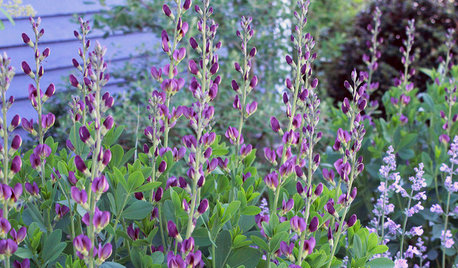
GARDENING FOR BUTTERFLIES7 Native Wildflowers to Make You an Awesome Butterfly Host
Offer the leaves of these and you’ll get more butterflies than with flower nectar alone
Full Story
GARDENING GUIDESSolve 3 Common Landscape Problems — With More Plants
Sometimes the best defense is a good offense
Full Story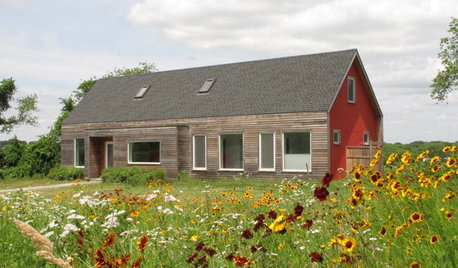
LANDSCAPE DESIGNHow to Design a Meadow Garden Everyone Will Love
Petite grasses or sedges plus flowers make for a manageable landscape that welcomes wildlife
Full StorySponsored



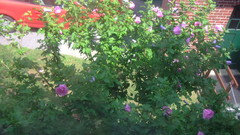
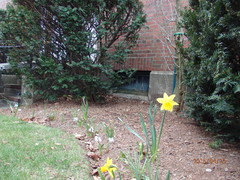
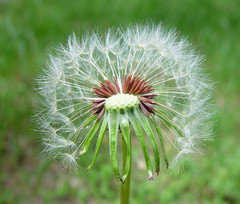
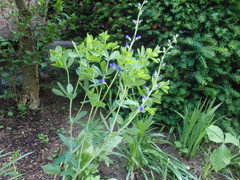
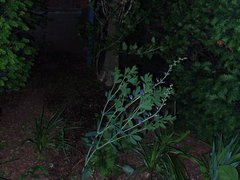
User